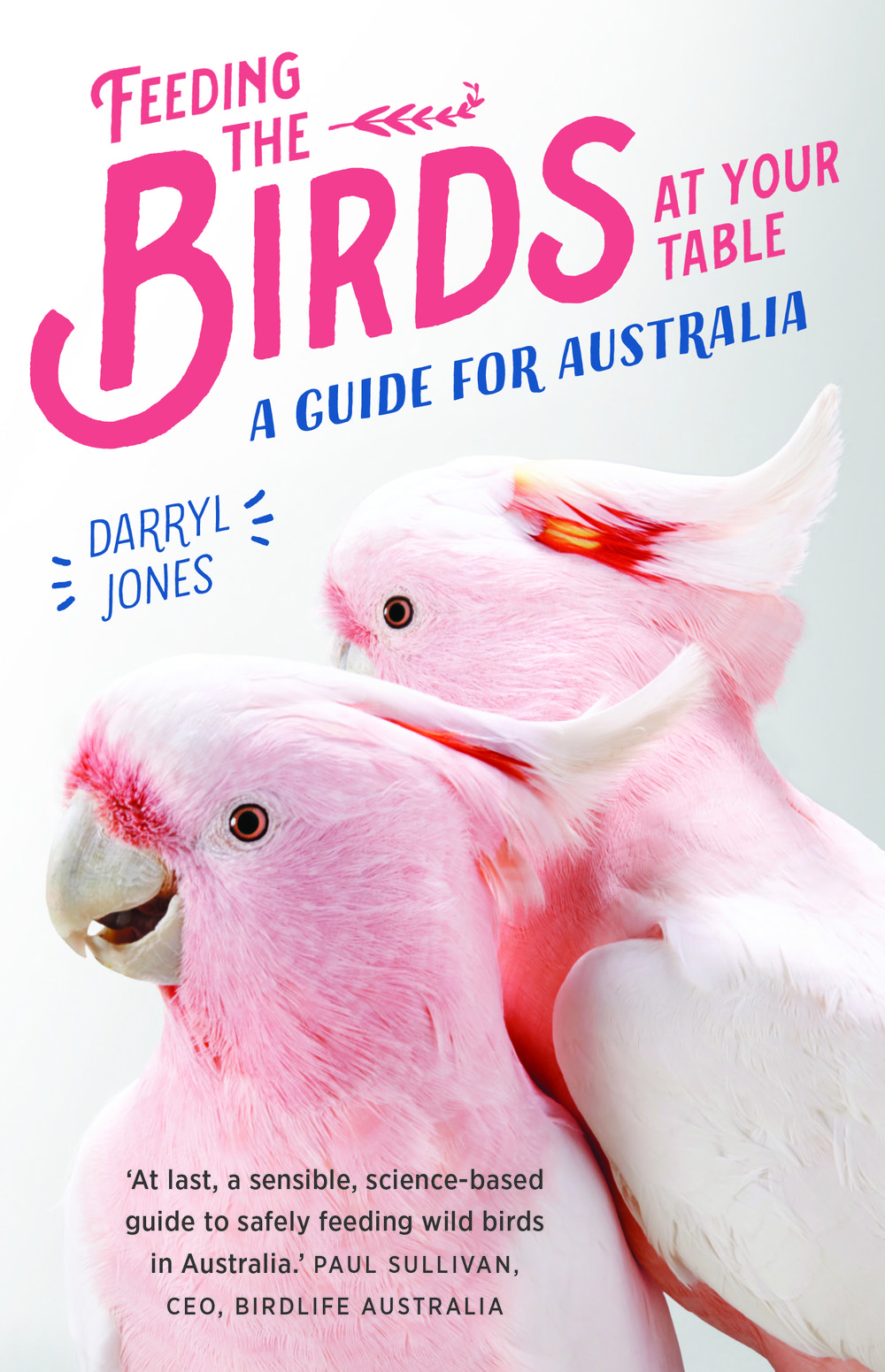Just this week I was again confronted – twice – with the realities of what can go wrong when we feed wild birds. I was contacted by someone who had heard me talking about this topic on the radio and thought I might have an opinion. They described a situation that needed to be seen to be believed and so they sent a photograph. Their immediate neighbour had been feeding birds in his backyard for years but lately had expanded his operation considerably. What started as simply throwing some mince to the local magpie family gradually grew to include other magpies who were soon joined by butcherbirds and kookaburras. The scale slowly increased until over a hundred birds were turning up regularly. The photo showed a scene seemingly straight out of TheBirds movie: on every possible surface – fences, clothes line, guttering, roof – as well as on the lawn stood a jostling, impatient throng of crows, currawongs, ibis, brush-turkeys as well as astonishing numbers of magpies and butcherbirds. Needless to say, my correspondent was not happy. ‘The noise, the smell, it’s just unbearable! I can’t even put my clothes on the line anymore. The council has been to visit the bloke but he just says, “They are obviously hungry so I have to feed them!” Please, what can we do?’
The other instance was much more commonplace: magpies coming to the feeder of a work colleague to feast on the typical pile of mince. But last time something was clearly wrong. One of the large off-spring was having difficulty walking and one leg looked bent. Because it was so tame, my colleague was able to catch him and take him to a vet. He related what the vet said: ‘This magpie has a terrible case of metabolic bone disease, a serious condition brought about by a diet with not enough calcium. These cases are almost always associated with eating too much mince.’
These might seem strange tales to tell when I am obviously promoting a book about feeding wild birds in Australia. These sorts of stories are exactly why this country is one of the only places where bird feeding is seriously frowned upon. Virtually everyone is aware that it is not a practice to be encouraged and most of us could recite the all-too familiar reasons why: they can become dependent on the food we provide; they can catch terrible diseases; it encourages birds that are already common; and so on. Everybody knows that we shouldn’t do it.
And yet, enormous numbers of people do feed birds in the privacy of their backyards. These people are not crazy, strange or wilfully ignorant of the risks associated with this pastime (well, not all of them!). No, in fact, many studies have shown that people who feed birds are often extremely concerned about the welfare of ‘their’ birds and would like to know how best to go about caring for their wild visitors. But in Australia, these people are also thoroughly aware of the opposition to the practice. Although they are desperate for advice and suggestions on how to feed properly, they know all too well that this is effectively a forbidden subject. If they were to ask the local birdwatching club, environmental group, council or ranger ‘How?’, the answer would be ‘Don’t!’.
After my book, The Birds At My Table, came out last year I spoke to a huge number of community groups all over the country and was interviewed many times in the media. That book explored the fascinating history of bird feeding around the world and summarised an enormous amount of scientific knowledge. I explained the long history of bird feeding in India, the growth of the industry in the United States and the significance of the blizzard of 1890 to bird feeding in Britain. Remarkable stuff, so I thought. But question time was always the same: ‘Okay, but what can I feed my magpies?’, ‘Is mince really that bad?’, ‘What about bread?’, ‘How can I get more finches?’. It was obvious what was needed (and it wasn’t more history!): a simple but detailed guide for safe bird feeding here in Australia, based on sound knowledge but one that doesn’t skim over the serious concerns. This is that book (I hope).
The concluding words in the first book were: We think our feeders are for the birds. Our feeders are actually for us. But the birds don’t seem to mind. So let’s do this properly.
Darryl Jones' book Feeding the Birds at Your Table: A guide for Australia will be published by NewSouth in October 2019.


